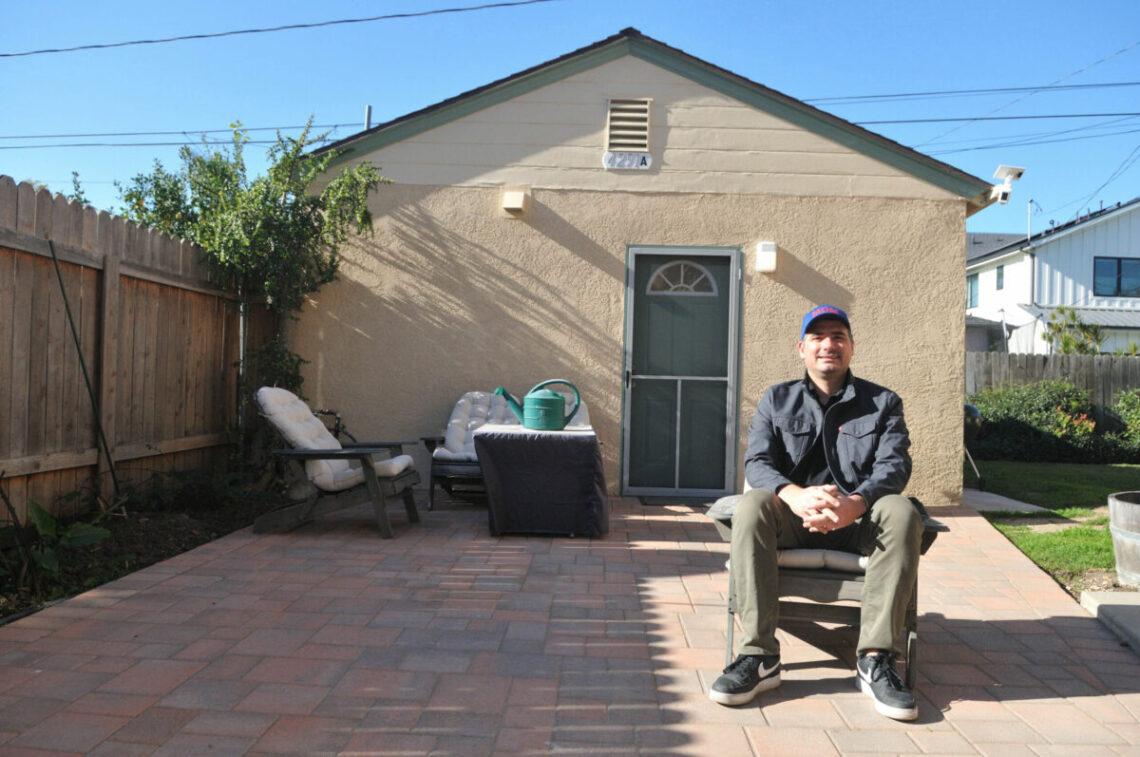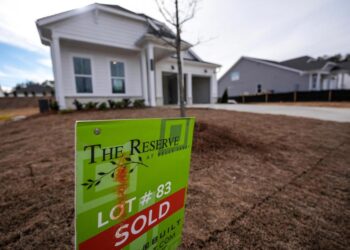Shawn Mizrachi, owner of West L.A.-based MDM Customer Remodeling, has seen his accessory dwelling unit business spike since 2017, when state laws began to favor the building types.
Accessory dwelling units, or ADUs — also known colloquially as granny flats — were seen by some as a way of addressing the affordable housing crisis. Their creation accelerated during the pandemic and is continuing to grow, according to experts and a new report. Among the reasons why ADUs are increasing in popularity now is an easier regulatory process to get the units approved.
ADUs, secondary housing units with independent living facilities on a residential lot in addition to the main house, are typically converted garages or freestanding units in the backyard.
Mizrachi said that 60% of his ADU projects are garage conversions and 40% are ground up projects.
According to Mizrachi, there are three scenarios behind the build of an ADU: moving a relative onto the property; needing more space to work from home — an event that accelerated during the pandemic; and rental income.
“Those are the three types of customers,” he said.
Rising demand
San Francisco-based ADU builder Cottage — which has offices in Los Angeles and San Diego — recently released its 2022 ADU Impact Report looking at the rising demand for ADUs in California. The report found that Southern California remains the hottest ADU market in the country and demand outpaces actual builds: For every three ADU permits submitted in 2021, only one had resulted in a completed dwelling by the end of last year.
Alex Czarnecki, founder and chief executive of Cottage, said “60% of ADU permits from California were in L.A. in 2022.”
But while California has made it easier to get ADUs approved, it is still a difficult process to navigate, said Czarnecki, as to why only one ADU for every three permits sought results in a build. Czarnecki, who comes from a tech background, formed Cottage after his own experience…
Read the full article here







